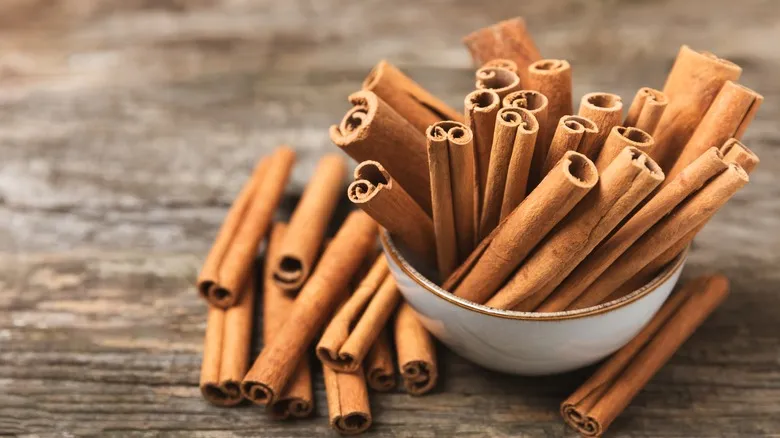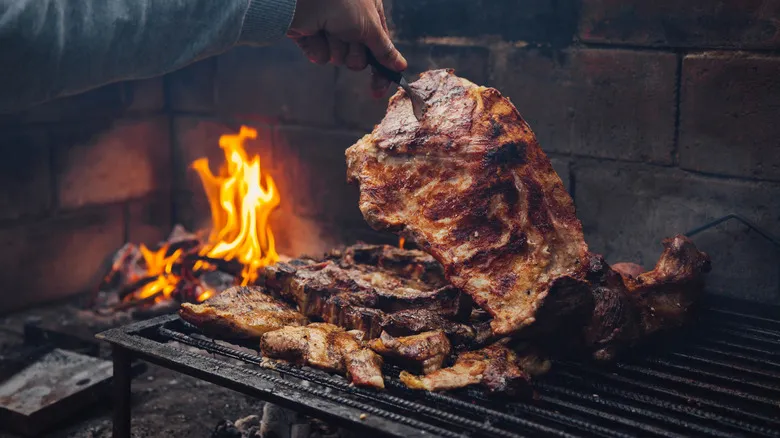A natural cattle-raising process distinguishes Argentine steaks

The practices of raising beef are undeniably a crucial element of Argentine steak. However, the butchering and preparation that follow also play a significant role in the dish's esteemed reputation. Argentine steaks are available in a variety of cuts, often featuring more fat. Designed for grilling on open-fire grills known as parrillas, Argentine butchering emphasizes both textural consistency and the natural flavor of the beef.
Among the notable cuts is the entraña, which resembles a beef skirt but is sliced into a thinner, more delicate piece that is packed with flavor. Another option is the long and narrow asado, akin to a bone-in flanken short rib, perfect for grilling. These beef cuts are intended for slow cooking over indirect heat, imparting a smoky essence to Argentine steaks. While tougher cuts are cooked slowly to achieve a texture similar to American barbecue, the more tender cuts still emerge medium rare, regardless of the cooking time.
Traditionally, Argentine steaks are accompanied by a zesty chimichurri (distinct from pesto). Throughout the dining experience, meat takes center stage, with sweetbreads and sausage served as appetizers. Simple yet delectable sides like potatoes and grilled vegetables allow the wonderfully flavorful beef to truly shine.
Recommended

How One Of McDonald's Worst Burgers And The Filet-O-Fish Fought For A Permanent Menu Spot

Who Really Invented The Smash Burger?

The Canned Pantry Staple That Makes Filipino Fruit Salad Unique

The Definitive Guide To Cinnamon
Next up

